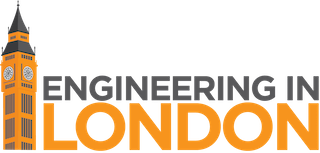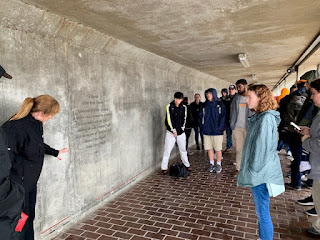Special thanks to Shems Belhout, creator of the EIL 2019 video and trailer and to Ben Sergent for the superb TA work in ECE 301. The short EIL 2019 trailer is available at https://youtu.be/wTq3MR8VgUU and the complete EIL 2019 trailer can be found at https://youtu.be/Y4igATl6W_U. The final banquet video is available at https://youtu.be/vSfaK8xZa5Q and the final Director's Cut is available at https://youtu.be/05P-W3MEiuo. A group photo from the banquet dinner at Brown's of Covent Garden on Friday, June 28 is also provided. Emily Brown (IES Special Programs Coordinator) was our special guest. Shems Belhout has also submitted a film for an IES-sponsored film competition and you can view this impressive production at https://youtu.be/Ic1cV3WqvrQ. In August, Shems was informed that his film has made the semifinals of the competition. Congrats Shems! Here is the title and brief synoposis of the film:
Title: Searching London: The Lost Time MachineSynopsis: In college, Shems forgot what inspired him to be a film director, and instead pursue engineering. To find an answer, he travels to London to study engineering, but things take a turn when he encounters a time traveler in a blue police box named the Doctor who looks like him? Shems must help the Doctor find his lost time machine all while exploring the birthplace of engineering, London. Can Shems locate a lost time machine, will he find the next step in his career, or even pass his engineering classes? Explore London with the Doctor and Shems as they race against time to find the time machine and his future!
Congratulations EIL 2019 alumni!
Special thanks to our corporate and alumni sponsors of the EIL 2019 program: Cisco, International Paper, Jewelry Television, Rebecca Collins, and the Larry and Yosiko Shell Global Initiative.






















































